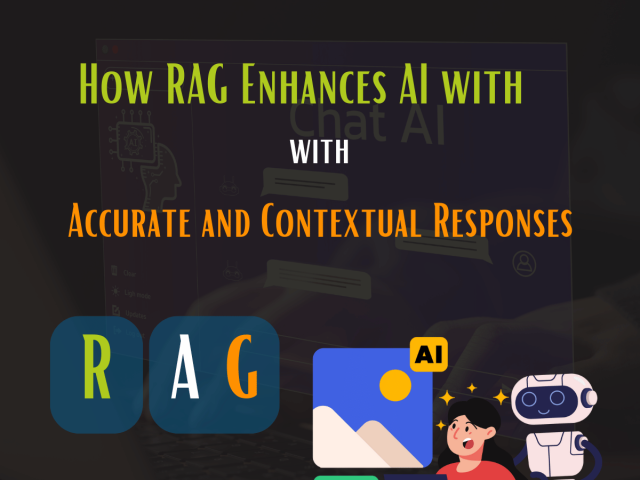Model Driven Apps has the groundwork of no-code or a low code approach of development. Microsoft provided a platform to create custom applications that save efforts of repetitive programming. The applied model that behaves sequentially to function as part of a software application is a model driven application.
Build complex and simple apps using model driven app design. This approach focuses on building the dashboards, forms, views and charts in the Common Data Service. We can manage the model driven apps from the Power Apps portal.
The components added in the model driven apps determine the layout. It automatically generates a powerful user interface (UI) that is capable of faster response across the devices. The design emphasis is on an immediate view of the business data for quick decision-making. Switch the design mode from “Canvas” to “Model-Driven” with a single click.
Requirements while Creating Model Driven Apps:
- Strong basic knowledge of business
- Defined business processes for consistency
- Modeling business data
- Structure data and establish a relationship with other data used in the app
- Methodological software development
- Effective models should match the user expectation
- Extensive communication between the development team and the application users
- Standardization to match the best practices of the domain

Data Components in Model Driven Apps:
Components such as an entity, relationship, field and options set field determine the type of data been used in app.
- Entity is an item with traceable properties, which is customizable if it is the non-system entity. PowerApps entity designer lets you create a custom entity.
- The relationship between two entities is stored in a form to make it available for each transaction. Types of transactions and its accuracy depend on the description.
- A field contains the definition of the data type used in forms, search and views e.g. text, number, date, and so on. Fields have common field properties and control the way user views data in the entity record or expand the entity. Special field properties make them identifiable. The label matches the display name of the field yet you can choose not to display the label or control the field visibility. You can lock it to save the data from inadvertent deletion, allow conditional editing or make it read only. Add controls that specify the availability of fields on a particular device.
- Option is a special field that Power apps option set designer can create. It allows the user to select single or multiple option sets from a control on the page. The labeled and numbered predetermined options are supposed to transfer value with each selection.
User Interface in Model Driven Apps:
It is the interaction between the machine and the users for easy and efficient running of procedures. Design of applications defines the level of human control over operations and processes. The app design, site map, form, and view permit users to interact with these applications.
- The App designer decides the fundamental components, client type, its properties and URL of the model driven apps.
- Site map of your app lets the user and search engine navigate the site. It includes the topic and its links, charts or descriptions for appropriate use of application. Create it using the site map designer.
- Form designer lets the application club a set of data entry fields that track the entity of your organization. Forms are to register users, place orders, search history of the customer on the app and such interactive purposes.
- View built using the view designer routes the display of records for specified entity of the application. Type of display, size of each column, sorting applied, and the filters set as default enhances the experience of the viewer.
Logic in Model Driven Apps:
Logic of an application helps in forming rules, automation, data integration, and services involving business processes. Various designers available in the PowerApps let you incorporate the type of logic you want in your app.
- For business process flow, the designer focuses on the online process and walk-through including the standard business processes that facilitates the user. Say reaching out to the company’s representatives for the replacement of the product, the customer needs to fill in and provide required details like an issue, order no. reason for replacement etc. Logically the walk-through can assist users.
- Workflow designer lets you design the user interface that automates the workflow of business processes that do not require user interaction.
- Process designer is to call upon the manual actions for various business processes from the charted workflow.
- Business rules are the recommended logic for each form, a set of requirements, data validations, field display and such commonly used rules that can be changed with the varying business processes
- Power automate is for workflow automation, it is a cloud based service. It is for the flow between different apps, for collection of data, synchronization of files, varied services to receive notifications, etc.
Visualizations in Model Driven Apps:
Availability of the type of data visualization and reporting in the application requires determiners.
- Chart designer is for graphic visualization; display it in the form, on the dashboard or within the view.
- Design the dashboard with visual graphic presentations for a better overview of business data and planning the actionable.
- A cloud-based service Power BI combines the designing of charts and dashboards to provide business insights.
Validate an app, cross check the dependencies, errors, executable, or any fixing needed prior to each publish. The release dates of the published apps are in the system, and visible to you.
Best practices in Model Driven Apps:
Standardizing the applications begins from title, color theme, sets of example, proper guides, usage, designing, categories, and additional information. These attributes can save from negative performance, eliminates design flaws, and improves supportability. Best practices in apps will enhance maintainability and reduce potential vulnerabilities.
Difference between Model Driven App Designing and other methods:
- Control depends on the data and information entered
- Direct impact on layout and functionality
- Lets you created structured applications
- Explore new possibilities of application designing
- Discovering fresh concepts for app development
- Limited flexibility but perfect for domain-specific models
- It is intricate to develop algorithms that perform for a particular domain
- Create component focused environments
- Creating complex apps developed to perform on variety of devices
- The creation and deletion of Sample apps are easier with the install and uninstall options for data.
- Responsive apps can be distributed as solution
- Create sample apps and remove once actual apps are in use
- Themes help in product branding; it includes logos, colors for headers, navigation bar, links and for an entity
- Developer guide for model driven apps, the approach should be of low or no code in the application overall
- Create a help guide for the application; add text, video links, pop-up, or balloons to assist users
- Build apps using Power Apps designer or using your programming skills
- Deal with unmanageable solutions by editing customizations files such as forms, sitemap, and queries but not entities, attributes or option sets
- Share the apps for basic use, still assign, edit and manage user roles and control them with added security
Model Driven Apps like all other applications are contingent on the input for desired output. Clarity in concepts magnetizes best performing applications. Aspects of designing are to deliver unique solutions with reduced efforts and superior performance.
Businesses run on specific ideas and have inimitable needs that invite us to develop and manage exceptional apps.




